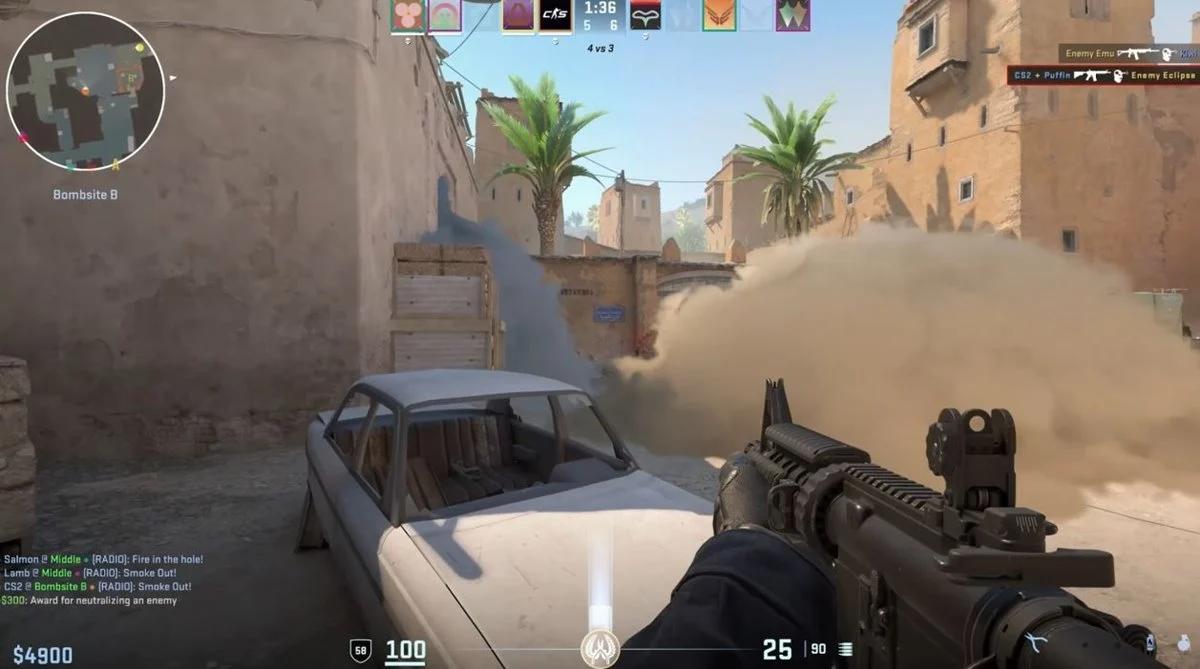75, p = .02) and sample type (QM = , p < .001). Specifically, significant negative associations between social anxiety and social cognition were found among studies using between groups (r = ?.26, p < .001), rather than correlational (r = ?.07, p = .06), designs and when clinical and nonclinical groups were compared (r = ?.31, p < .001; of which 40% of effect sizes were from studies in which ASD was the clinical group, and 60% from those with SoAD as the clinical group), but not when samples included clinical only (r = ?.02, p = .86) or community only samples (r = ?.05, p = .13).
The type of measure used to measure social anxiety did not account for a significant amount of variance among effect sizes (QM = 2.46, p = .48). However, the type of measure used to assess social cognition (QM = 9.72, p = .02), as well as the informant of both the social cognition (QM = , p < .01) and social anxiety measures, did (QM = , p = .02). Specifically, a significant negative association between social anxiety and social cognition was found within studies that used a clinical assessment as a measure of social cognition (r = ?.28, p < .001; clinician reported, r = ?.34, p < .001) and within those that used self- or parent-reported social anxiety measures (r = ?.18, p < .01; r = ?.16, p = .01). Overall significant effects were not found among studies that used experimental tasks (r = ?.06, p = .09) or those using self-report, r = ?.05, p = .08; or parent-report, r = ?.20, p = .11 to assess social cognition. Neither were significant effects found for those using clinician or teacher report to assess social anxiety (r = ?.09, p = .29; r = ?.13, p = .12). The type of face used in emotion recognition tasks did not significantly moderate the relationship between social anxiety and social cognition (QM = 1.99, p = .37), but the valence of the face did (QM = , p = .01). However, within each valence, no significant association was found between social anxiety and social cognition for any of the facial expression valences (see Table 2).
Demographic possess
Variation in effect sizes was significantly accounted for by the age group of the sample (QM = , p = .02), but not by sex (QM = 0.21, p = .65). Specifically, a significant Threesome Sites dating sites in usa negative association was found between social anxiety and social cognition among studies that included pre-adolescent (r = ?.21, p < .001) and combined pre-adolescent and adolescent samples (r = ?.25, p < .001). However, a significant positive association was found based on effect sizes from the one study that included an adolescent only sample (r = .10, p < .01). Overall significant effects were not found for studies including only young children (r = .03, p = .63), those including younger and older children (r = ?.09, p = .23), or those including participants from across the full child and adolescent age range (i.e. 0–18 years old; r = ?.33, p = .06).
Danger of prejudice
Artwork review of your own funnel spot during the Shape step three indicates you’ll be able to asymmetry, however, rating relationship screening suggested your harness spot was not significantly asymmetrical (z = ?0.eleven, p = .91). Additionally, slender and you can complete sensitivity analyses recommended one zero degree have been requisite to satisfy balance triggered zero change to all round impact size imagine. This suggests you to definitely book bias was not planning possess notably influenced the entire meta-data performance.





